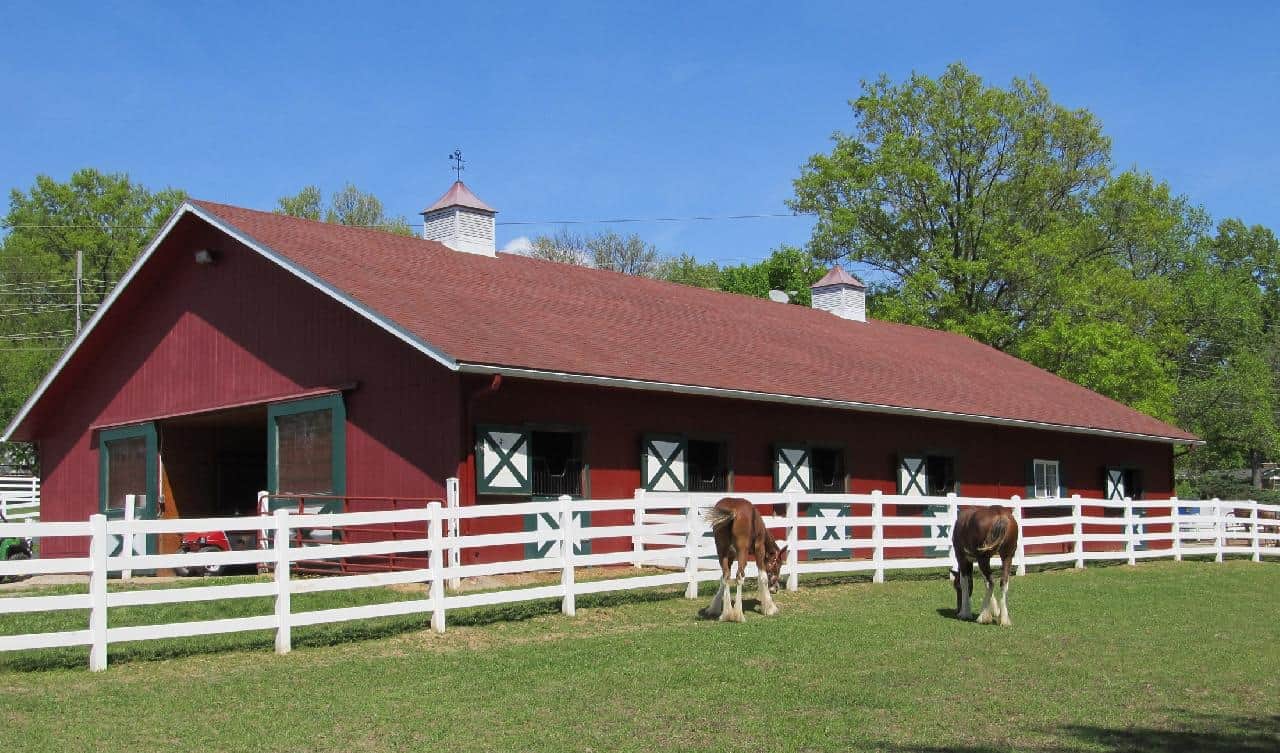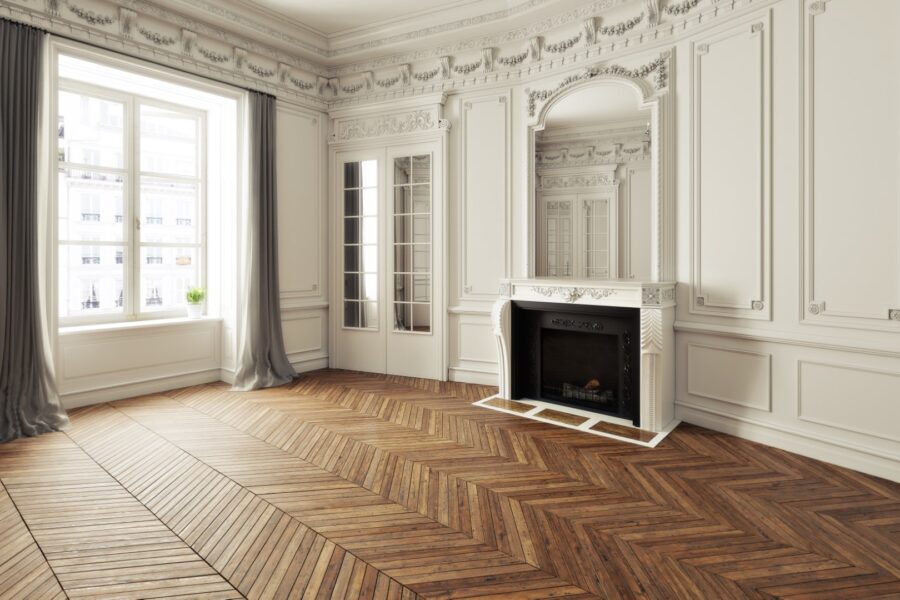When setting up your barn, it’s important that you install a floor that your horses will love. Here are a few tips for finding the right barn flooring.
Barn flooring is a fundamental element for a safe and clean barn.
It’s not just about looks. You have to consider traction, cleanliness, and durability.
Read on to learn about the various options to use as your barn flooring.
Concrete
One of the most common types of barn flooring is concrete. It’s durable, solid and doesn’t settle over time. You can rinse it clean and the water will drain leaving you a clean floor.
This floor is not porous, which means you will not have to pull up your flooring and re-level the floors ever!
On the flip side, it is expensive. Also, because it is so hard, it’s not OK for horses’ legs and joints as is. You must use rubber mats and thick bedding.
Many people opt to put concrete in their tack or feed rooms. It also works well in wash stalls because it can withstand getting wet again and again.
You may also opt to mix aggregate gravel into your concrete before it gets poured. This increases your cost but does increase your flooring’s traction. It also adds rustic charm to your barn floor.
Wood
If you visit any historic barns you will always see wood-plank floors from wall to wall.
Sure, reclaimed barn wood flooring looks beautiful but wood floors for your horse barn are more trouble than you might think.
First, wood is hard to maintain. Wood is also one of those substances that stays wet. That means you will certainly have odors in your floor.
Again, because it’s an organic material, wood will rot. You’ll find that urine and feed can easily get caught in the cracks of the wood. Plus, you may find mice making themselves at home if the gaps are large enough.
You also have to consider strength. Your flooring must be able to support the weight of your animals. You will also need to think about traction problems, especially as the wood begins to age.
Dirt
Dirt flooring is the most inexpensive option for your barn floor. All you need to do is lay it over gravel for drainage.
Yet, dirt floors can get muddy fast. It just takes one knocked over water bucket.
Keep in mind that dirt will also trap urine. Your barn will build up a strong ammonia smell over time.
When considering your options, don’t forget that dirt floors need to be dug out every few years to unearth the urine. So a low-cost option can later lead to high labor costs over time.
Interlocking Rubber Pavers
Another barn flooring option for your barn is interlocking rubber pavers.
These pavers come in a variety of thicknesses and colors to suit your needs. Don’t be concerned about how they will look. Their cobblestone style will suit the rustic nature of your barn.
Also, rubber is a practically indestructible non-slip surface that is easy to hose off. You can use these pavers in barn aisles, tack-up areas, stall floors, and walking paths.
Enjoy Your Barn Flooring
There you have it! A list of barn flooring options for you to consider.
We hope this article has helped you make the right decision for your needs and your horses.
Come back soon for more interesting articles.
Discover more from Futurist Architecture
Subscribe to get the latest posts sent to your email.




